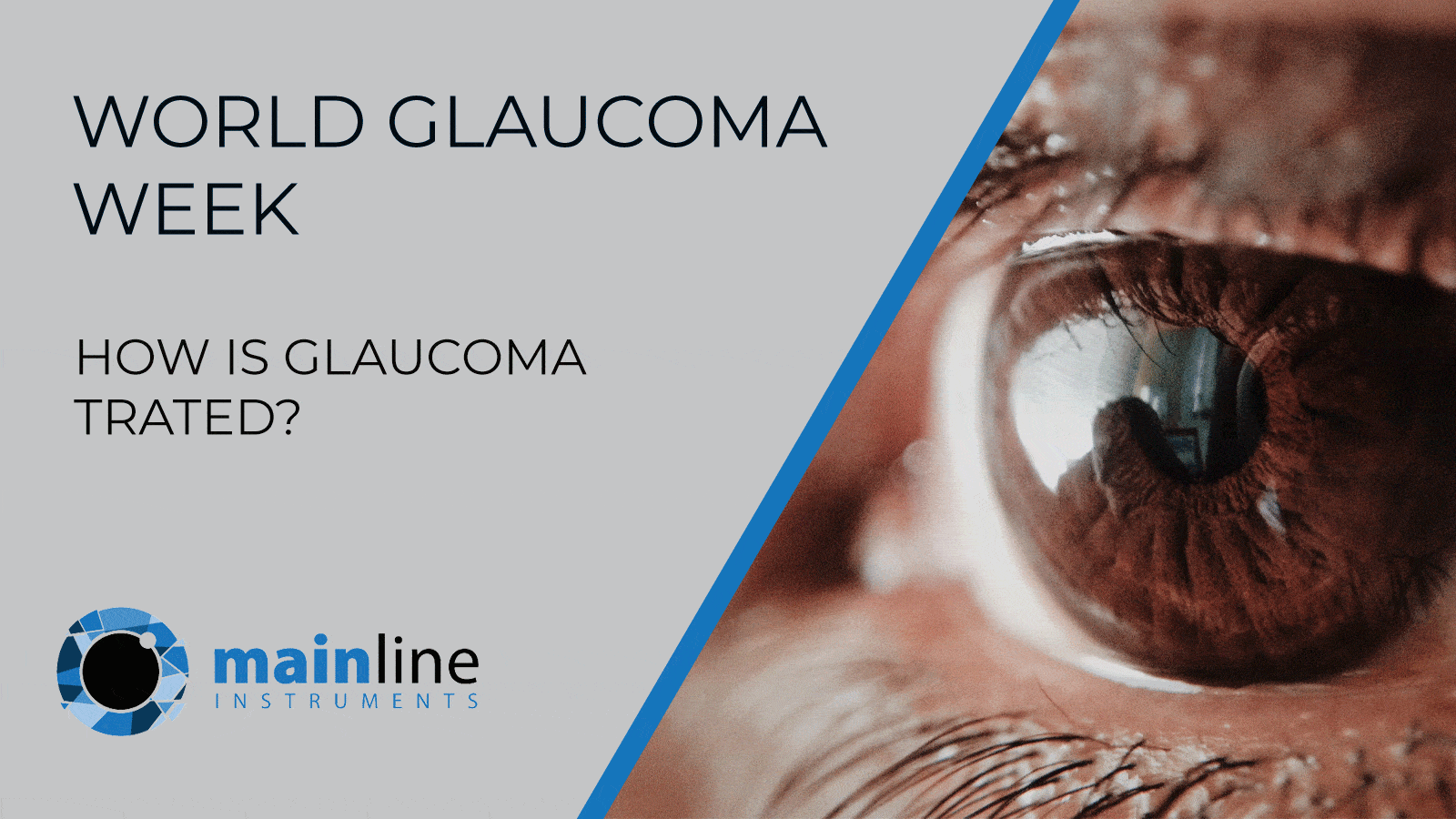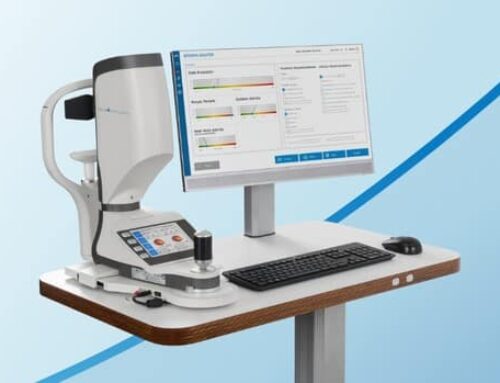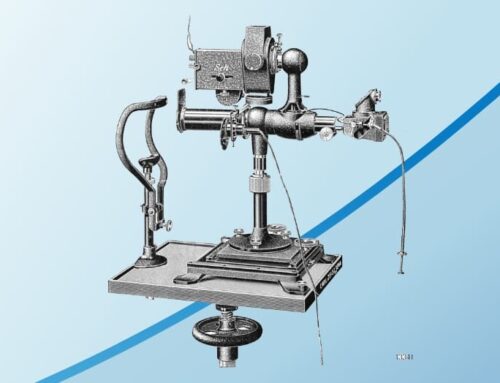What is glaucoma?
Glaucoma is a condition effecting the eye where the optic nerve is damaged. The optic nerve is at the back of the eye and connects the eye to the brain. The optic nerve damage is caused by fluid building up in the eye, which increases the pressure inside the eye. If left untreated, this can cause blindness or vision loss.
How is it treated?
Glaucoma can’t be reversed but treatment and regular check ups and eye tests can help slow or prevent vision loss, especially if caught in the early stages[1].
It is treated by lowering eye pressure (intraocular eye pressure, or IOP). Treatment can include prescription eyedrops, oral medications, laser treatment or surgery.
Eyedrops
Prescription eyedrops can help decrease eye pressure by improving how fluid drains from the eye or by decreasing the amount of fluid your eye already makes.
Oral medications
Prescribed oral medications, usually a carbonic anhydrase inhibitor can be used to lower eye pressure if eyedrops don’t suffice.
Laser treatment
Laser trabeculoplasty can be performed if you have open-angle glaucoma. The ophthalmologist uses a small laser beam to open clogged channels in the trabecular meshwork.
Surgery
An ophthalmologist may suggest a minimally invasive glaucoma surgery (MIGS) procedure to lower eye pressure.







